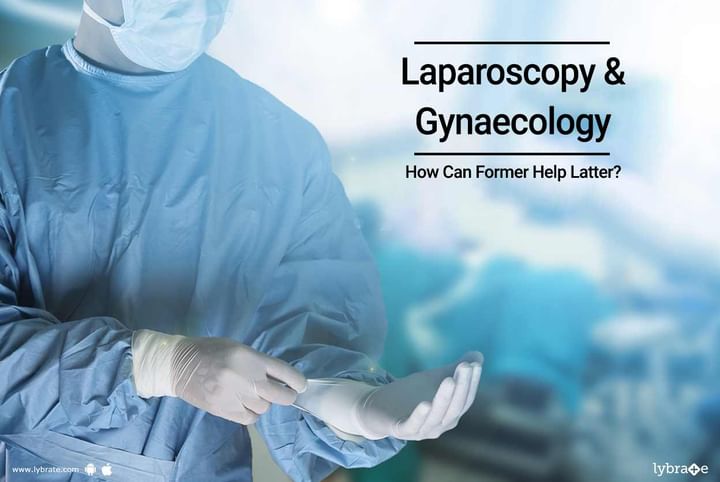Laparoscopy & Gynaecology - How Can Former Help Latter?
Laparoscopy, also known as minimally invasive surgery, is a type of surgery that is used to operate the organs inside the abdomen without making big incisions. The surgery is done with the help of a laparoscope, which is a long and thin tube carrying a high-resolution camera at the front and high-intensity light. A laparoscope is connected to a video monitor and then inserted inside the abdomen through the small incision (0.5 cm to 1.5 cm). As the instrument moves inside the abdomen, it sends images to the video monitor, which the surgeons uses as a reference to operate the affected parts.
Laparoscopy is also used as a diagnostic technique to examine the organs of the abdomen or pelvis and this makes it very useful for gynecologists. This surgical and diagnostic technique plays a significant role in gynecology as it can help diagnose and treat multiple gynecological problems with minimum pain and discomfort to the patient. In fact, there is a special instrument called fertiloscope, a type of laparoscope that is modified and made fit for the trans-vaginal application.
Uses of laparoscopy
- It helps in diagnosing and curing a host of female infertility problems.
- It has proven to be helpful in treating a number of disorders related to the female reproductive organs.
- It is a reliable, precise, and cost-effective instrument or technique used by a number of gynecologists at the first stage of infertility treatment.
- It is a sound technique to treat female infertility as it helps to determine whether a patient needs conventional treatment, IVF (in vitro fertilization), or a corrective surgery.
Use of laparoscopy in gynecological problems
- Treatment of fibroids of uterus
- Treatment of ectopic pregnancy (pregnancy in which the fertilized egg attaches itself outside the uterus)
- Treatment of endometriosis (a painful condition in which the tissue lining the inside of the uterus called endometrium begins to grow outside)
- Removal of adhesions
- Removal of the womb or ovaries
- Removal of the lymph nodes during cancer treatment
- Removal of ovarian cysts
- Diagnosis of cancer of the reproductive organs
- Female sterilization (surgery of fallopian tubes to prevent pregnancy)
- Detection of tumors or abnormal mass of tissues
- Assessment of the effectiveness of the infertility treatment that has been carried out
Advantages of laparoscopy:
Laparoscopy offers many advantages over conventional surgery and diagnosis, including the following:
- It is more precise and accurate
- It is painless (during surgery as well as diagnosis)
- It minimizes hemorrhage
- It allows for shorter recovery time
- It ensures reduced risk of infection to the organs
- It is cost-effective
- It is more helpful for the gynecologists as they can see the inside of the organs in real-time
Therefore, it is evident that laparoscopy is no less than a boon in gynecology. Its multiple advantages and high success rate in treating infertility problems in women and other problems related to their reproductive organs make it a great surgical and diagnostic technique. Nevertheless, it is necessary to take advice of the doctor before undergoing laparoscopic surgery or diagnosis.



+1.svg)
